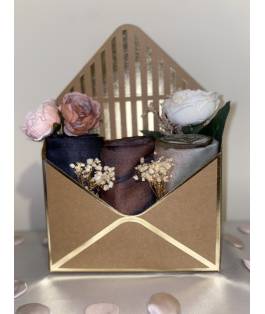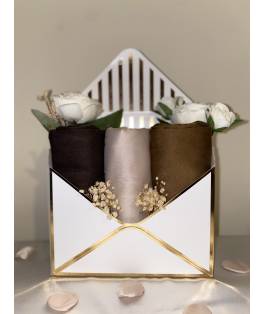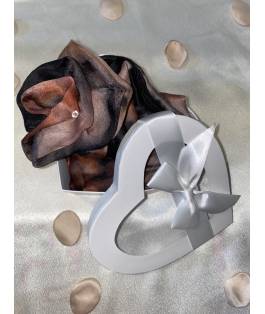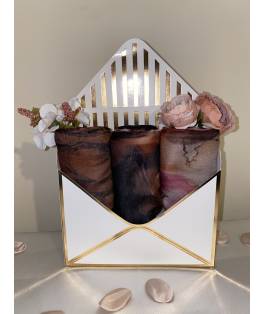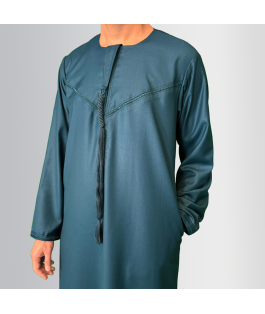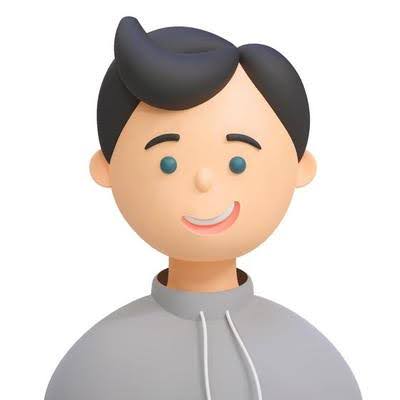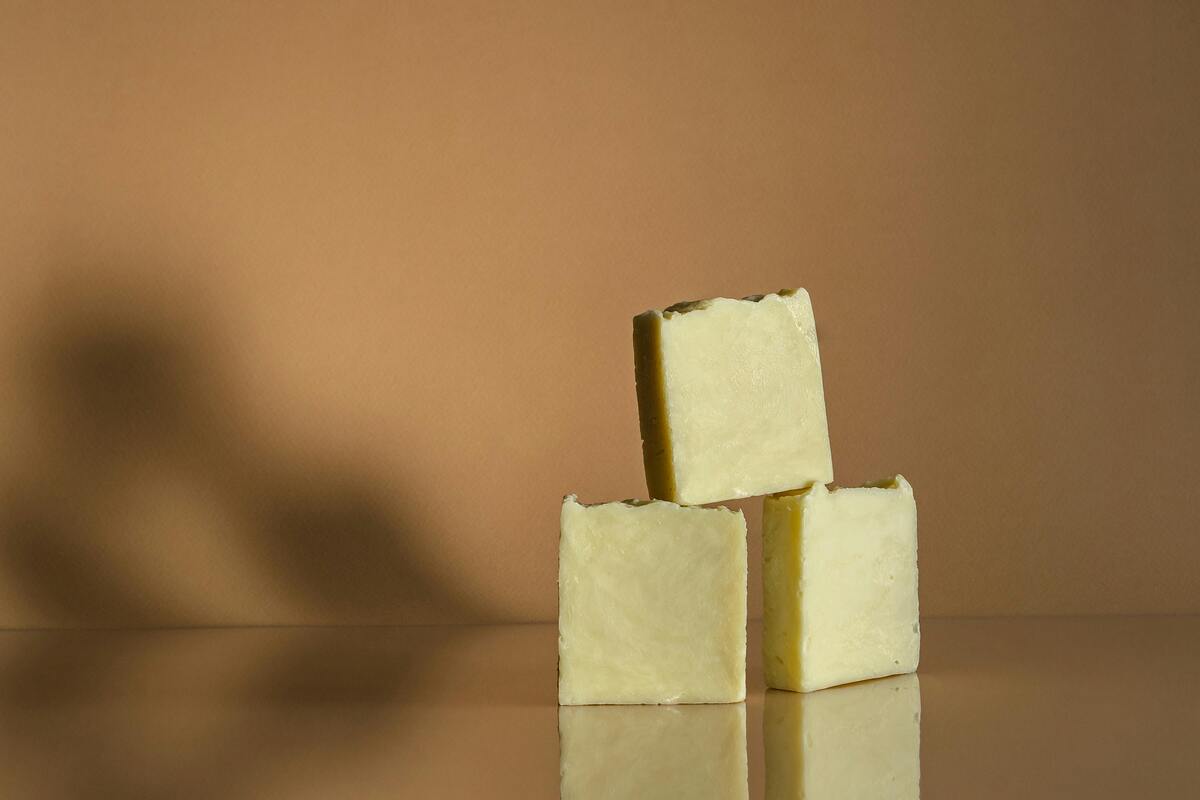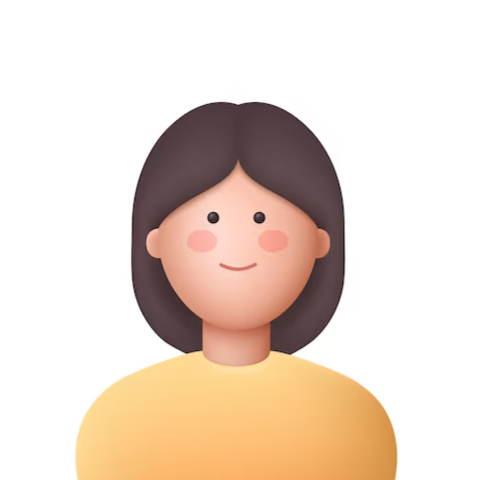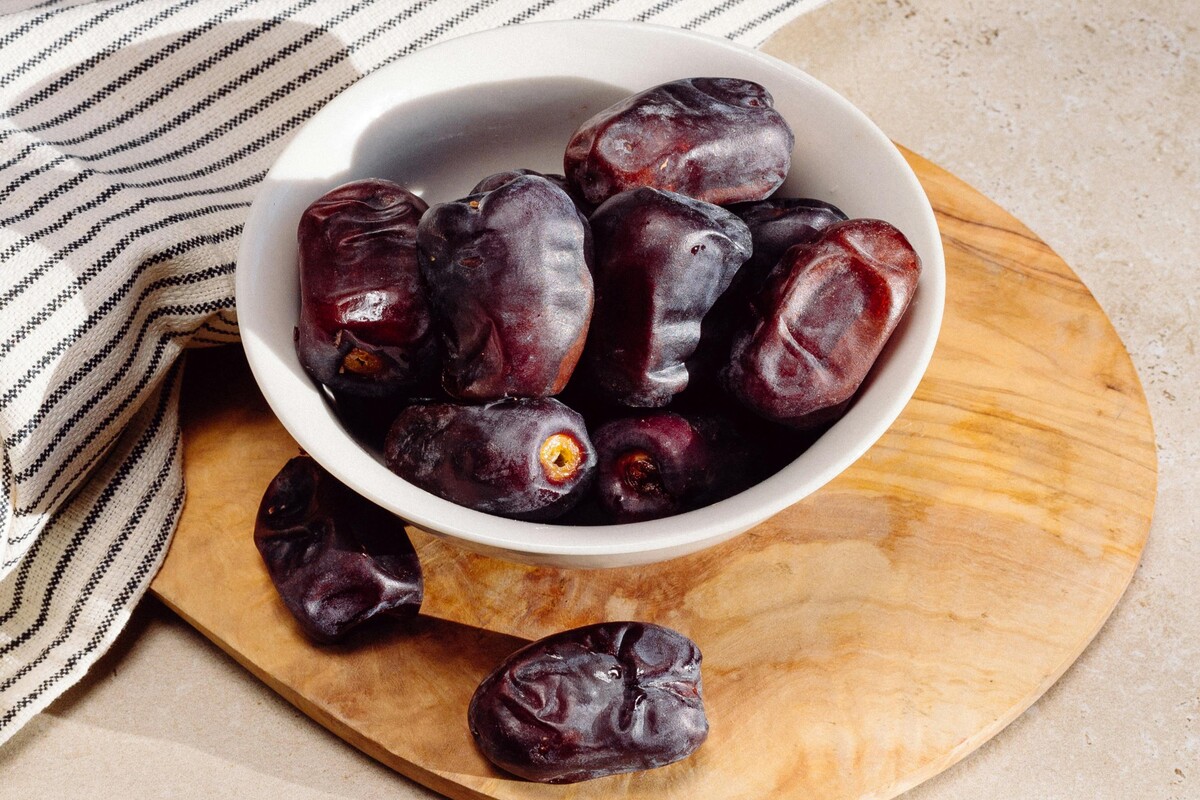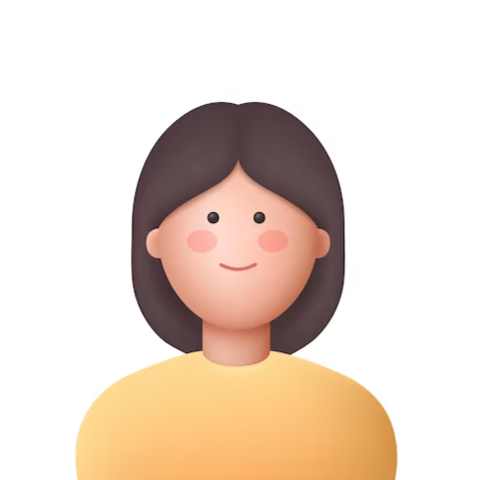In the Islamic calendar, Eid al-Fitr and Eid al-Adha are two of the most important religious festivals for Muslims around the world. These special days mark the end of fasting during Ramadan and the completion of the Hajj pilgrimage respectively.
A key part of celebrating Eid is the Eid prayer, also known as Salat al-Eid. In this simple guide, we'll explain the meaning of Eid prayer and how to perform it. Whether you're new to Eid prayer or want to learn more, we’ll walk you through it with easy steps.
But that's not all. If you need prayer essentials or decorations to enhance your Eid experience, look no further! Visit our marketplace to explore a wide range of Islamic gifts (such as fragrances, Islamic jewellery, and modest clothing), decorations, and other everyday essentials to make your Eid even more meaningful.
What is Eid prayer

Eid prayer, also known as Salat al-Eid or the Festival Prayer, is a special congregational prayer performed by Muslims on the days of Eid al-Fitr and Eid al-Adha. This prayer serves as a symbol of unity, gratitude, and celebration among Muslims worldwide, fostering a sense of belonging and spiritual fulfilment within the community.
It offers an opportunity for Muslims to come together in worship, express gratitude for blessings received, and seek forgiveness for past sins, reinforcing the bonds of brotherhood and sisterhood in Islam.
Is Eid Prayer Obligatory?
Scholars hold differing views on the obligation of the Eid prayer:
a) According to Imam Malik and Imam Al Shafi’i, the Eid prayer is considered a Sunnah Muakkadah (confirmed Sunnah), meaning it is highly recommended but not obligatory.
b) According to Imam Ahmad, the Eid prayer is a Fard Kifayah (communal obligation). If enough Muslims perform it, then, the rest are excused.
c) According to Imam Abu Hanifah and some narrations from Imam Ahmad, Eid prayer is considered a duty for every Muslim and is especially obligatory for men. If someone misses it without a valid excuse, they are considered to have sinned.
Regardless of which opinion you follow, the Eid prayer is a chance to earn great rewards and should not be missed.
When is the Eid prayer performed?
Eid Prayer is performed on the day of Eid al-Fitr, which falls on the first day of Shawwal, the month following Ramadan.
It is also performed on the day of Eid al-Adha, which coincides with the 10th day of Dhu al-Hijjah, the final month of the Islamic lunar calendar, which is the 4th day of the Hajj pilgrimage.
The timing of Eid Prayer typically begins after sunrise and it is recommended to be performed in the early morning, allowing time for other festivities and celebrations throughout the day.
How to prepare for Eid Prayer
Before heading to the Eid prayer, keep these points in mind:
a) It's recommended to perform ghusl (ritual purification) to spiritually cleanse oneself. This act signifies readiness for the special occasion of Eid. Additionally, wearing one's best clothes reflects the joy and festivity of the day.
Bonus: If you're planning to wear traditional clothes like thobes this Eid, Riwaya is the place to go! We have a great selection of Men’s thobes, from simple styles to Moroccan designs. Explore now and find the perfect one for you!
b) For Eid al-Fitr, it’s Sunnah to eat something sweet like dates before the prayer. This act signifies the end of Ramadan fasting and the joyous occasion of Eid. It was narrated by Anas bin Malik:
“Allah's Messenger (PBUH) never proceeded (for the prayer) on the Day of `Id-ul-Fitr unless he had eaten some dates. Anas also narrated: The Prophet (PBUH) used to eat the odd number of dates.”
(Sahih al-Bukhari 953)
c) While in Eid al-Adha it’s Sunnah to eat, after the prayer and preferably from the Qurbani meat. This act of sharing and enjoying food reflects the spirit of sacrifice and generosity associated with Eid al-Adha.
d) Recite the Takbeer while travelling to the prayer location: "Allah is the Greatest, Allah is the Greatest. There is no god but Allah, and Allah is the Greatest, Allah is the Greatest, and to Allah belongs all praise."
e) Remember to fulfil your obligation of Zakat al-Fitr (Fitrana) before the prayer. Zakat al-Fitr is a form of charity obligatory for every Muslim, ensuring that those in need can also celebrate Eid with joy and abundance.
How to pray Eid prayer?
The Prophet Muhammad (PBUH) emphasised the importance of offering Eid prayer, he said:
“Angels on the day of Eid stand at the alleys and paths and say, 'rush to the Generous Lord who gives great blessings and forgives great sins."
(Al-Bukhari and Muslim)
Here’s a simple breakdown of how to perform Eid Salah (prayer):

1. Before You Start
To prepare for the Eid prayer, start by making your intention (niyyah) in your heart or verbally, such as "I intend to pray two rak'ah of the Eid al-Fitr/ Eid al-Adha prayers for Allah facing the Kaaba".
2. First Rak'ah
During normal prayers, Takbeer is said only once, but for the Eid prayer, Takbeer is said 7 times in two rak'ahs.
Begin by raising your hands and saying Takbeer: "Allah is the Greatest." This gesture marks the start of the prayer and symbolises submission to the will of Allah.
Place your right hand over your left below the chest (for men) or below the naval (for women). This posture signifies humility and focus during prayer.
Different Islamic schools of thought (madhabs) follow slightly different ways of performing the Eid prayer. Some scholars say different numbers of extra Takbeer, and the order may vary. It is always best to follow the way taught by your local imam.
Recite the opening supplication:
سُبْحانَكَ اللَّهُمَّ وَبِحَمْدِكَ، وَتَبارَكَ اسْمُكَ، وَتَعَالَى جَدُّكَ، وَلاَ إِلَهَ غَيْرُكَ
“Subhaanaka Allaahumma wa bihamdika, wa tabaarakasmuka, wa ta’aalaa jadduka, wa laa ‘ilaaha ghayruka.”
"Glory is to You, O Allah, and praise. Blessed is Your Name, and exalted is Your Majesty. There is no god but You."
This supplication glorifies and praises Allah, setting the tone for the prayer.
Follow the Imam in reciting the rest of the Takbeers and Surah al-Fatihah and another surah. This follows the usual pattern of recitation in Islamic prayers, with Surah al-Fatihah being obligatory in every Rak'ah.
Complete the Rak'ah as usual. This involves performing the usual movements of bowing, prostration, and sitting in reverence to Allah.
3. Second Rak'ah
In the second Rak'ah, the Imam will again recite Surah al-Fatihah and another surah. This mirrors the structure of the first Rak'ah, maintaining consistency in the prayer.
Listen to the Imam recite three more Takbeers, then follow him in bowing (ruku). This movement signifies submission and humility before Allah, a fundamental aspect of Islamic prayer.
Complete the Rak'ah as usual. Repeat the actions of the first Rak'ah, concluding the prayer with reverence and devotion.
4. After the Prayer
Listen attentively to the Khutbah (sermon) delivered by the Imam. The Khutbah provides spiritual guidance and reminders relevant to the occasion of Eid, reinforcing important Islamic values and principles.
Take a different route home after the prayer as recommended by the Prophet Muhammad (PBUH). Both the paths you take to the prayer will testify that you attended this prayer on the Day of Judgment.
Jabir (RA) narrated,
“On an Eid day, Allah's Messenger (PBUH) would return by a different road from the one he had taken when going out (for the 'Eid prayer).”
(Sahih al-Bukhari, Book 2, No. 425)
This practice is a symbolic gesture of gratitude to Allah and serves as a means of seeking blessings for the journey.
Can Eid Prayer be performed at home?
Eid prayers are traditionally performed in mosques or open spaces with a group, and it’s not ideal or recommended to perform them individually at home.
Eid prayer is very important for the community, representing the unity of Muslims and the joy of Eid. It’s usually performed in a mosque or Eid prayer ground to fit the congregation.
Praying together allows Muslims to worship as a group, strengthen community bonds, and fully experience the spirit of the occasion. Therefore, it’s encouraged to join the congregation at a designated prayer location to fully take part in the celebrations and share the joy with others.
However, if you have missed the Eid prayer due to any reason, then, you can perform it at home. Gather your family members to participate in Eid prayer. Then, choose an adult male family member who leads the prayer as the Imam.
If you wonder how to pray eid prayer at home alone, remember that you’ll be your own Imam when offering prayer alone. For more details, you can refer to this guide on the ruling of performing Eid prayer at home.
Conclusion
In conclusion, the Eid prayer is an important part of the Islamic tradition. It marks the end of key religious events and brings Muslims together in celebration.
Learning about the meaning and rituals of Eid prayer helps strengthen your spiritual connection and makes you appreciate these special occasions even more. By following the recommended practices and praying together in a group, Muslims can fully enjoy the happiness of Eid while respecting the teachings of Islam.
Selling at Riwaya
Do you sell Islamic products like everyday essentials, Ramadan and Eid gifts, or decorations? Showcase your unique handcrafted items that capture the spirit of Eid, celebrating faith, tradition, and unity on our platform.
By selling at Riwaya, you’ll enjoy great benefits like free marketing, SEO optimisation, and increased visibility, making it easier to reach your audience. Sign up today and get your first month FREE! This is a fantastic opportunity to grow your business and join a community that values your work. Start your journey with Riwaya this Eid!

































